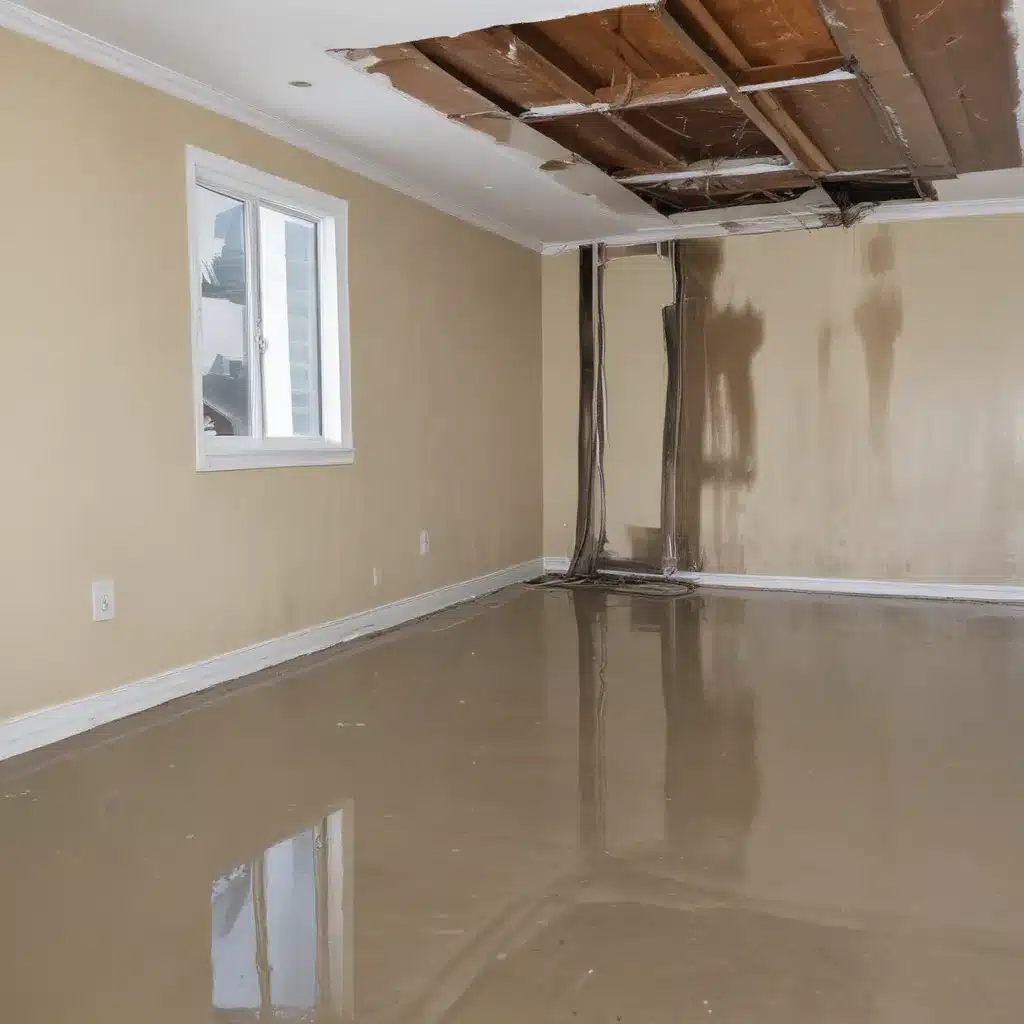
The Unexpected Downpour: A Watery Nightmare
It was a day like any other. I was happily tapping away on my laptop, lost in the digital world, when disaster struck. A sudden deluge poured from the ceiling, soaking my precious device and filling me with dread. My heart sank as I watched the puddle grow, realizing that my trusty computer had fallen victim to the unforgiving forces of nature.
As I frantically tried to salvage the situation, I knew I had to act fast. Water damage is no laughing matter, and the stakes were high. Memories, important files, and the very lifeblood of my work – all hanging in the balance. In that moment, I needed to find a solution, and fast.
Assessing the Damage: A Step-by-Step Approach
Before diving headfirst into repair mode, it’s crucial to take a step back and assess the situation. Where is the water coming from? Is it clean water from a burst pipe, or the dreaded sewage backup? Knowing the source can help determine the severity of the damage and guide your next steps.
According to the experts at Forbes Home, the first order of business is to turn off the power. If your electrical outlets are submerged, it’s not safe to attempt a DIY fix. Instead, call your utility company and have them cut the power to the affected area. This simple precaution can mean the difference between a manageable situation and a potential disaster.
Next, you’ll want to document the damage as thoroughly as possible. Snap photos, make notes, and start the insurance claim process. The sooner you get the ball rolling, the better, as your insurance provider may be able to recommend trusted water damage repair professionals in your area.
Drying Out the Damage: A Race Against Time
Time is of the essence when it comes to water damage. The longer the moisture lingers, the higher the risk of mold growth and further structural damage. Forbes Home suggests that if you can act within the first 24 hours, you may be able to avoid mold altogether.
Your first line of defense? Open up every window and door to promote airflow. Plug in fans and dehumidifiers to help draw out the moisture. If the flooding is minimal, you might even be able to handle the cleanup yourself with some good old-fashioned elbow grease and a mop.
However, if you’re dealing with a more substantial deluge, it’s time to call in the professionals. Water damage repair specialists have the equipment and expertise to efficiently pump out the excess water and ensure your home or office is properly dried. As tempting as it may be to try and tackle the job yourself, resist the urge – the pros know how to do it right.
Damage Control: Salvaging What You Can
As you navigate the aftermath of a watery disaster, it’s important to remember that not everything is lost. With a little ingenuity and a lot of care, you may be able to salvage some of your water-damaged belongings.
Contrary to popular belief, putting your electronics in rice is not the way to go. While it may seem like a quick fix, the tiny grains can actually do more harm than good, clogging up delicate ports and openings. Instead, focus on gently drying out the affected devices, and seek professional help for a proper assessment and repair.
For items like furniture, clothing, and other household goods, the key is to act fast. Forbes Home advises that you should remove wet items as quickly as possible, discarding those that are beyond saving and setting aside the rest to be dried out and potentially salvaged.
Remember, mold is the enemy, so be vigilant in your search for any signs of its unwelcome presence. If you suspect mold has taken hold, it’s best to call in a professional mold remediation specialist to ensure a thorough and safe cleanup.
Rebuilding and Preventing Future Disasters
Once the immediate crisis has been averted and the affected areas have been thoroughly dried and cleaned, it’s time to start thinking about the road ahead. If your water damage was the result of a household appliance or plumbing issue, you’ll want to repair or replace the offending components to prevent a repeat performance.
However, if the flooding was caused by natural disaster or poor drainage around your home’s foundation, you may need to explore more long-term solutions. Forbes Home suggests looking into ways to improve the drainage around your property, which could help mitigate the risk of future water damage.
This may involve landscaping projects, the installation of French drains, or even consulting with a professional foundation contractor. While the initial investment may sting, the peace of mind and protection it provides can be priceless.
As you embark on your water damage repair journey, remember that you’re not alone. The team at ITFix.org.uk is here to help, with a wealth of expertise and a genuine commitment to getting your life (and your devices) back on track. Together, we’ll navigate this watery mess and emerge stronger than ever.












